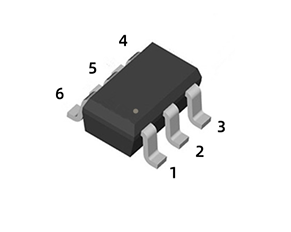Date:2025-05-14 Categories:Product knowledge Hits:464 From:Guangdong Youfeng Microelectronics Co., Ltd
Switching diodes are semiconductor devices widely used in electronic circuits for their ability to rapidly switch between conducting and non-conducting states, similar to an electrical switch. To understand their operation, one must first grasp the fundamental structure and characteristics of diodes.
A diode is constructed from a semiconductor material, Switching diodes ,typically silicon or germanium, with a p-n junction formed by joining a p-type semiconductor (rich in holes as the majority carriers) and an n-type semiconductor (with electrons as the majority carriers). At the p-n junction, a depletion region forms due to the diffusion of charge carriers across the junction. In this region, there are few free charge carriers, creating a barrier that restricts the flow of current under normal conditions.
When a forward bias voltage is applied to the Switching diodes (the anode is connected to the positive terminal of the power supply and the cathode to the negative terminal), the external electric field opposes the built-in electric field of the depletion region. As the forward bias voltage exceeds the threshold voltage (around 0.7V for silicon diodes and 0.3V for germanium diodes), the depletion region narrows significantly. This allows electrons from the n-side and holes from the p-side to recombine across the junction, creating a low-resistance path. Consequently, a large current can flow through the diode, and it is said to be in the “on” state, much like a closed switch.

Previous: Classification, Structure, and Principle of MOSFET